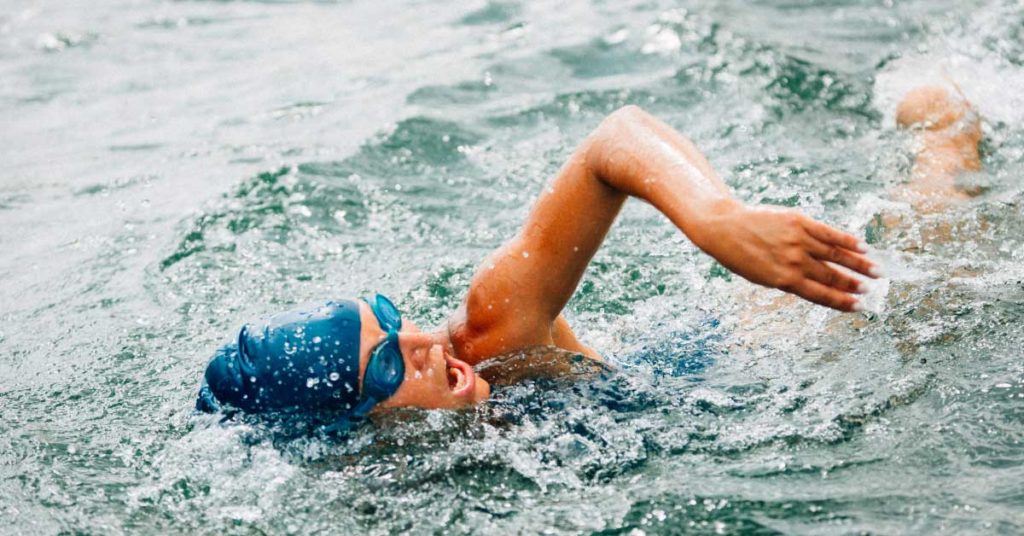
Top Tips for Long-Distance Swimming
Long-distance swimming isn’t for the faint-hearted; hypothermia, jellyfish, dehydration, sunburn/ sunstroke – these are just some of the potential risks involved. But it’s also immensely rewarding and can be surprisingly calming! Endurance tests of any kind are tough by their very nature, and this is no different. So, here’s our top tips on how to get started if long-distance swimming sounds like your jam.
Maximise your stroke efficiency
If you’re going to be in the water for a long time, you want to try and glide as much as possible! Long strokes therefore, are a crucial element of an efficient long-distance swim. Keep your body as flat and horizontal as possible at all times to minimise drag and with each stroke, reach as far forwards as possible. Short arm pulls consume more energy and give you less propulsion! So, keep it long and steady.
Get your head right
Mentally yes, it’s important you’re in the right headspace. But also, physically it’s important your head is in… the right space! A lot of people tend to look forward when they’re swimming, but it causes your legs to sink and drag. Instead, keep your head looking down at all the fish, or goose poo, or maybe just the bottom of the pool. But it’s crucial to keep your neck horizontal in line with the rest of your body, to avoid drag as well as neck strain.
Use your breath
Yes, we can all breathe alright, but mastering your breath in the water can really help to get you in the zone (as well as to stay alive). Short, uneven gasps of air will slow you down and tire you out. So, take your time, exhale completely through your nose each time your face is in the water, then you have more time to actually breathe in once your head is out the water. And try to create a rhythm with your breath, a simple chant of ‘one’ for inhale and ‘two’ for exhale could help.
Learn how to site
If your swim is open water, then you’re not going to have the black lines on the bottom of a pool to guide you for hours on end. So, you need to learn how to site properly and this will require plenty of practice in open water – siting can be more tiring than you might think!
Make sure you’re familiar with the markers on the course and try not to stop each time you site. Instead, temporarily kick harder to keep your body moving forwards as you move your head out of the water. And if you’re in the sea, don’t try and fight with the waves, wait for a swell and at the top of the wave try to sneak a quick glimpse.
Build your fitness gradually
It’s not a wise idea to jump in a 3-mile lake and try and swim it just like that, in the same way it wouldn’t be wise to pop your trainers on and try and run a marathon with no training. Building your swimming fitness takes time.
The pool is a great place to improve your stroke technique as it’s an easier place to measure progress. But as well as drills that focus on your stroke, incorporate interval sprints that help to build endurance and strengthen the lungs. And be careful with swimmers’ shoulders, be sure to add in other exercise to avoid over-doing it in the water.
Long-distance swimming is tough, and funnily enough even if you get all those different aspects right it can still be pretty knackering! So, at the end of the day, if you really do need a breather then flip over onto your back for a few seconds for a little rest.
To quote Dory from Finding Nemo; ‘just keep swimming’. (Bet that song will be in your head for hours now, apologies).
You might also be interested…
Benefits of Open Water Swimming
Open water swimming can break the monotonous drill of lap swimming at the pool. Find out some great benefits of open water swimming here.
Pros and Cons of Swimming
We discuss the pros and cons of swimming as a form of exercise, and maybe you’ll be tempted to give it a go.
